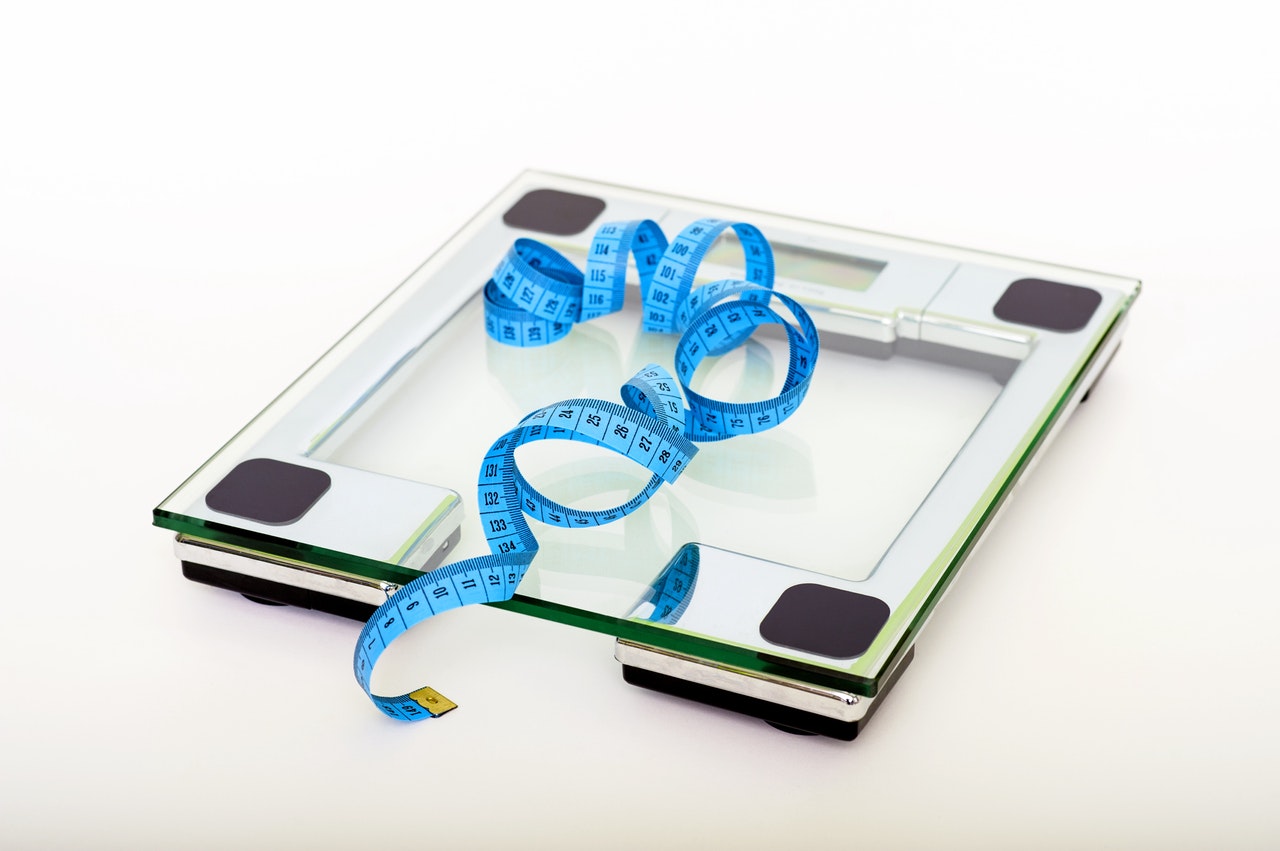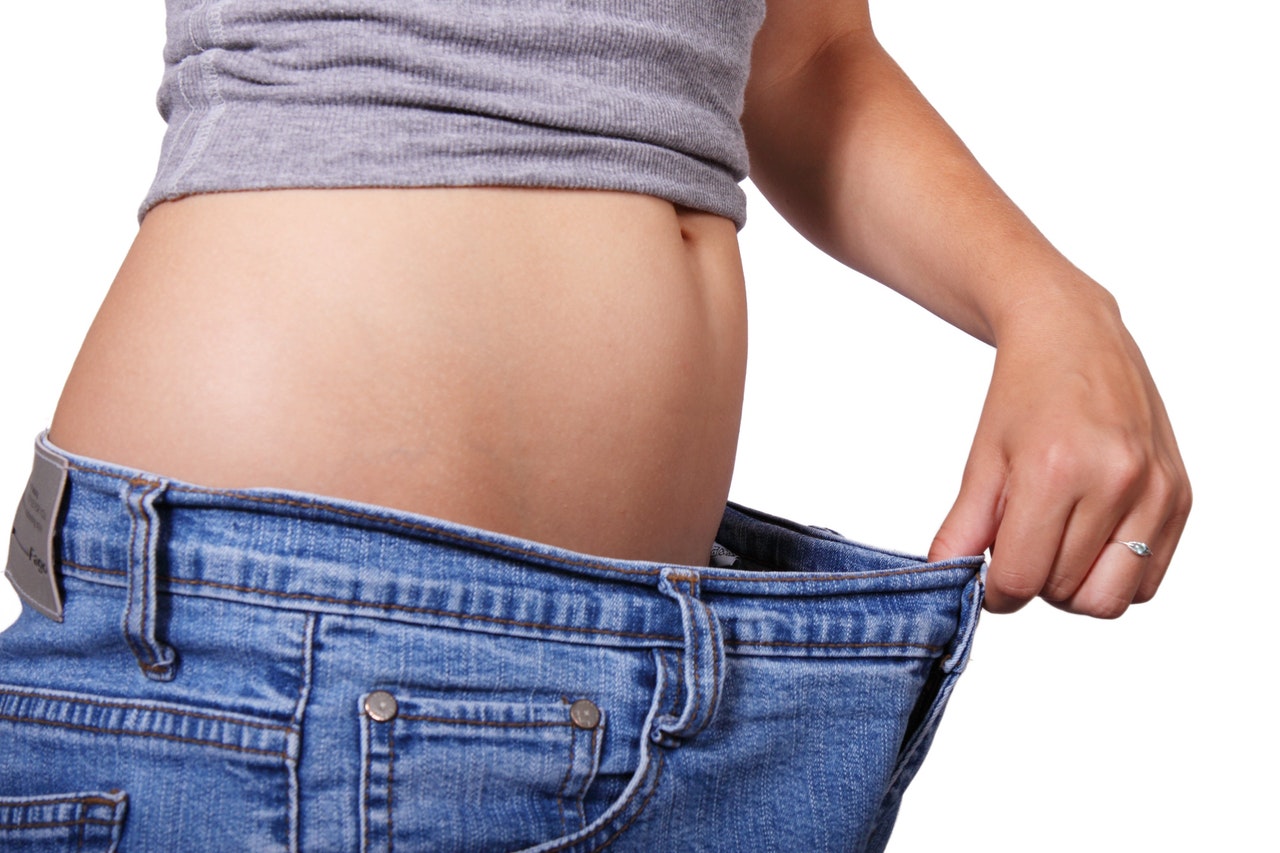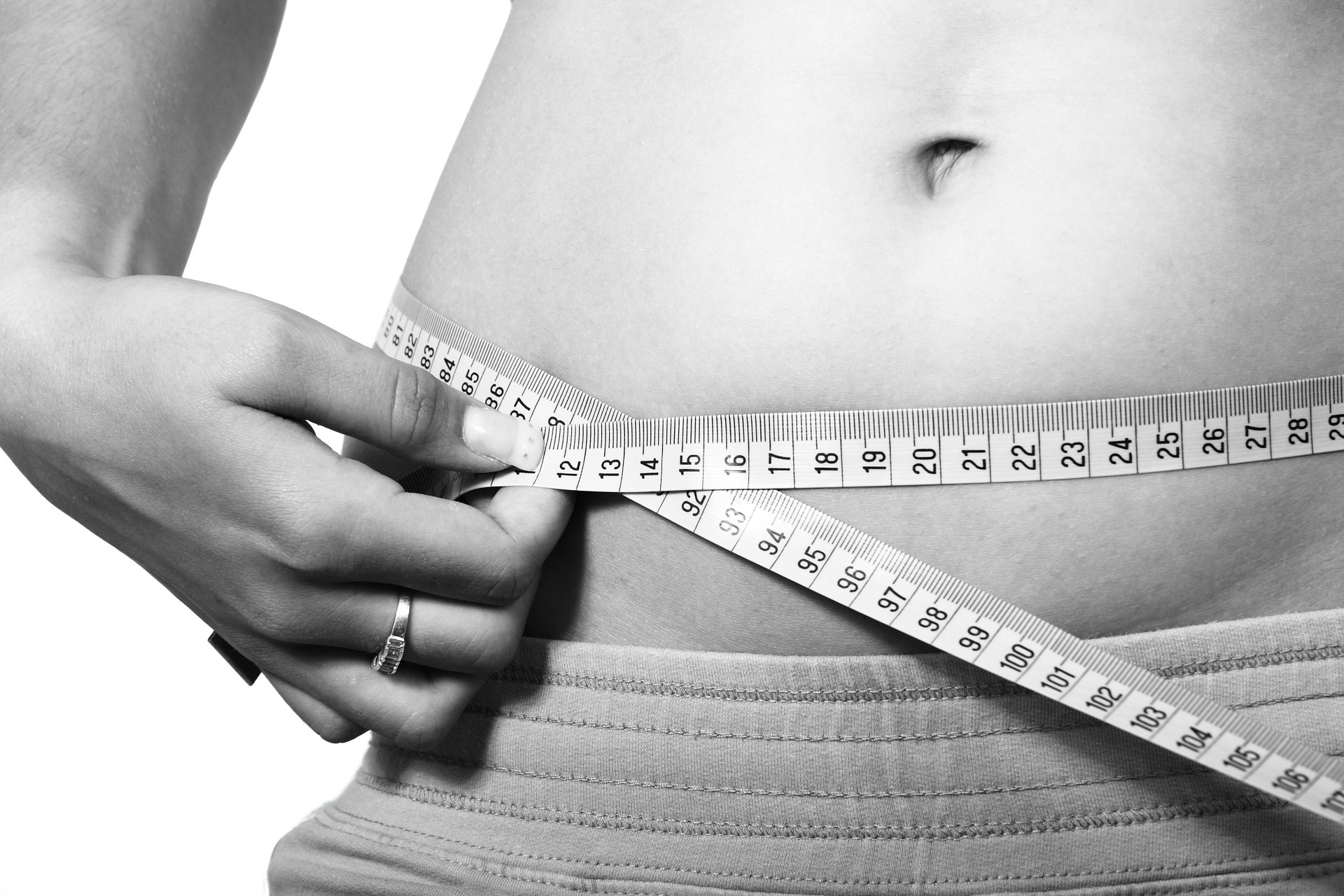Within health and fitness, body composition is a phrase used to describe the components that the body is made of. These include body fat and fat free mass (muscle, water, and bone). Although measuring body fat accurately can be challenging (we will break this process down later), body composition can be helpful in tracking health and fitness progress. In general, a lower body fat percentage and a higher fat free mass is a more favorable body composition and can be a predictor of lower disease risk and overall health. Body fat percentages vary based on multiple factors including age, activity level, gender, and hormones.
What is body composition?
Within health and fitness, body composition is a phrase used to describe the components that the body is made of. These include body fat and fat free mass (muscle, water, and bone). Although measuring body fat accurately can be challenging (we will break this process down later), body composition can be helpful in tracking health and fitness progress. In general, a lower body fat percentage and a higher fat free mass is a more favorable body composition and can be a predictor of lower disease risk and overall health. Body fat percentages vary based on multiple factors including age, activity level, gender, and hormones.
Next, let’s take a look at some specifics of body composition!
1. Body fat
A necessary component of a healthy and functioning body, body fat can be found across all parts of the body. Essential body fat levels help protect internal organs (visceral fat), control hormone levels, and store fuel for the body’s various energy systems. Although some body fat is essential, non-essential levels or excess levels of body fat can pose a health risk. Body fat levels vary between men and women and can also depend on levels of fitness. Healthy body fat levels for men are anywhere from 10-25% and 20-35% for women.
2. Muscle
One fat-free component of body composition measurements is muscle mass. An important factor for overall health and longevity, muscle is a soft tissue made of proteins. Muscles main function is to produce force and help the body move. Muscle is considered metabolically active, which is a fancy way of saying that it is able to burn calories and use stored energy from fat. For this reason, higher levels of muscle relative to body fat, are typically equated to the best health outcomes.
Research has also correlated higher levels of muscle mass to increased longevity and a longer life span. This could be based on multiple factors but most recently has been related to relative strength and balance, which lowers the risk of falling and subsequent injuries, as age increases.
3. Water/bone
The final fat-free components that make up body composition are bone and water. The human body can be made of up to 60% water. This water is found in interstitial fluid or fluid that makes up cells and organs. This water is also used to regulate body temperature and provide hydration for normal body processes.
It is important to remember that body composition levels vary based on multiple factors including age, activity level, gender, and hormones. Body composition can also be difficult to determine by one’s appearance. Two people may weigh and look the same but have very different body composition based on the areas mentioned above.
How to measure body composition
So now that we know what body composition is, how do we measure it? Stepping on the scale? Looking in the mirror? Not quite! There are a number of ways to measure body composition. Some measurements are easier and can be done at home or the gym. Other forms of body composition measurements are more involved and can be more expensive and even require a certified professional to complete.
Here are the top five most popular ways to measure body composition!
Circumference measurements
The easiest way to measure body composition is using circumference measurements. Along with height and weight, measurements of the neck, waist, and hips are taken. These measurements are then placed into a calculator and an estimated body fat percentage is generated.
Although this method is relatively easy and quick, circumference equations may not populate the most accurate readings based on relative variants in body shape and body fat distributions.
Skinfold test
A common method amongst fitness professionals and trainers, skinfold measurements are completed by pinching certain areas of the body with calipers that measure the fat underneath the skin. Skinfold tests are typically completed at either 3 or 7 sites on the body and vary between men and women.
Skinfold tests are quick and affordable but do require practice and some knowledge of anatomy from the person completing the test. This method can also be a little uncomfortable as areas of the body are pinched while measured.
Bioelectrical Impedance Analysis (BIA)
Bioelectrical Impedance Analysis or BIA is a form of body composition measurement that uses small electrical signals to measure body fat percentages. Typically a handheld device, one side of the machine sends an electrical signal through the body, while the other side receives the signal. These electrical signals cannot be felt but move through various components of the body at different speeds. The machine measures the time it takes for the signals to be sent and received and uses these times to equate body fat and fat free mass.
This method is quick and typically affordable. The one downside of BIA measurements is that readings can be impacted by hydration levels and food intake prior to testing. Popular brands of BIA devices include InBody and Tanita.
Air Displacement Plethysmograph (Bod pod)
Getting into more complex and expensive measurements, Bod Pods use whole body density to determine body composition. This test uses extremely accurate scales to measure body mass, body volume, and thoracic gas volume. Once these measurements are taken, accurate equations are used to predict overall body fat percentage.
The bod pod is an extremely accurate measurement but it is more expensive. Based on the complex and accurate measurements the Bod Pod machine provides, machines can cost up to $30,000. For this reason, Bod Pod tests are typically done at hospitals, wellness centers, or universities. Tests typically cost around $50 per test so they can add up quickly if multiple tests are completed.
Dual Energy X-ray Absorptiometry (Dexa)
Dexa scans are another accurate and expensive form of measuring body composition. Using low wave X-rays, the Dexa machine is able to scan and create an image of the body differentiating between body fat, lean mass, and bone. This visual breakdown of body composition makes this a popular method for tracking long-term progress.
The Dexa machine’s visual capabilities come with a steep price tag similar to the Bod Pod, of upwards of $30,000. Dexa scans are typically not covered by insurance and can cost up to $80 per scan.
Are measurements accurate?
In all of these body composition measurements, an error rate of 3-5% is common. This means that body composition levels could be 3-5% higher or lower based on administrator error and subject pretest adherence.
This is an important reality to discuss when looking at body composition testing, as it demonstrates the imperfect nature of these measurements. Like many things in behavior change, progress is not about perfection, but awareness. The power of body composition measurements is not found in the number itself but the awareness that these numbers can provide!
Why is body composition important?
Body composition is important for the simple fact that it can be a predictor of health. A proportional balance of fat and fat free mass is important for a healthy body. Higher body fat percentages have been associated with increased risk for things such as cardiovascular disease, diabetes, and hypertension.
On the flip side, a body fat percentage that is too low can also have adverse health consequences and lead to things such as hormone imbalance, loss of bone density, and a weakened immune system.
For these reasons, knowing your body composition is where the power truly lies. Without awareness of body fat and fat free mass, it is difficult to take the necessary steps to keep the body healthy. Body composition levels are also another great way to track progress in weight loss or strength training programs. In general, body composition can be a more accurate predictor of weight because it takes into account the actual components of body weight and not just weight in general.
How to improve body composition
Similar to weight, body composition can be altered with specific and mindful training. Body composition can be changed by either increasing fat free mass or decreasing body fat. To do either of these, a focused and sustainable approach to eating and exercise is important. There are no magic foods that burn body fat. Instead, a long-term, focused approach to eating for your body combined with sustainable and enjoyable exercise are key in changing body composition.
You might also like:





